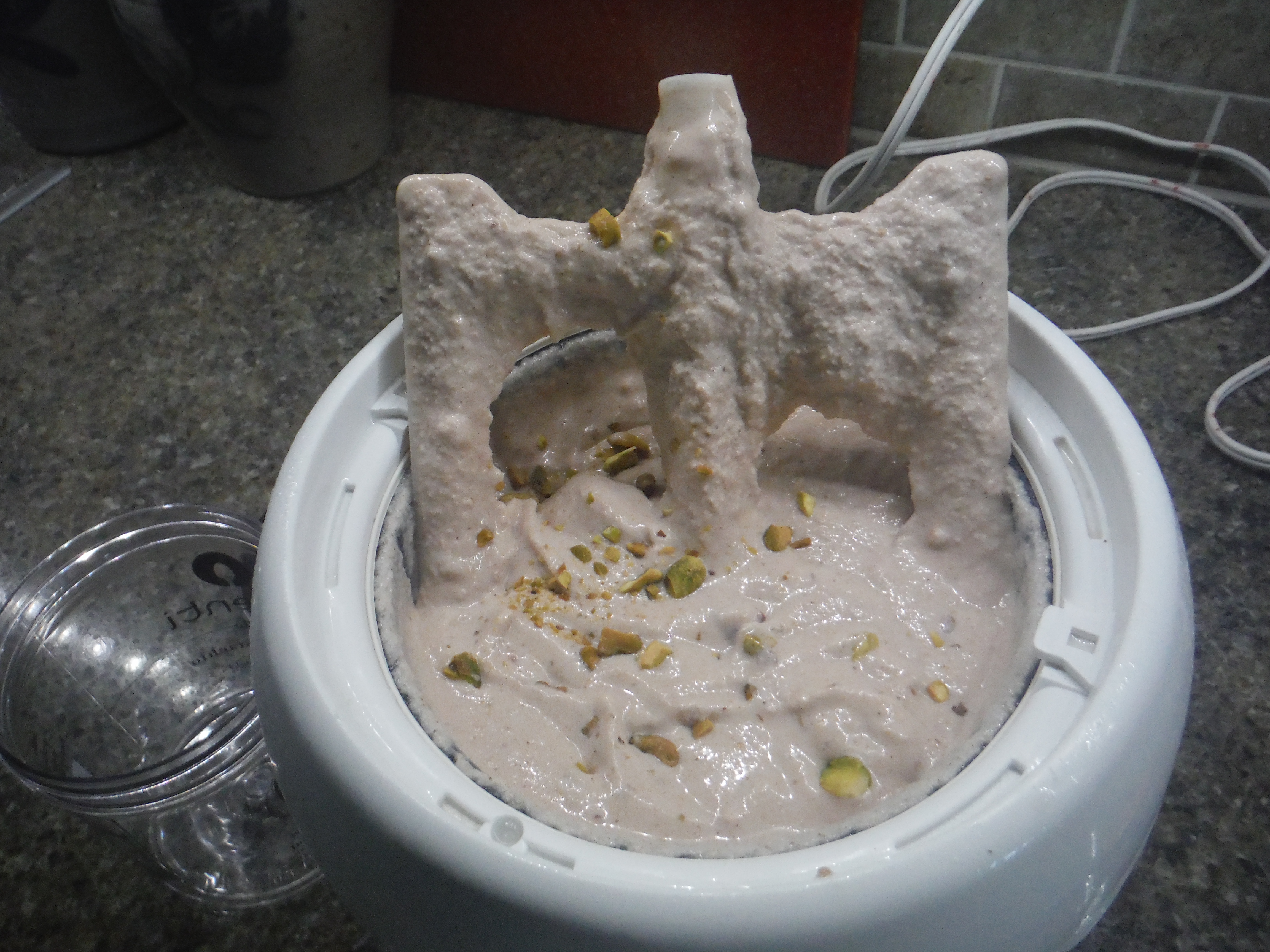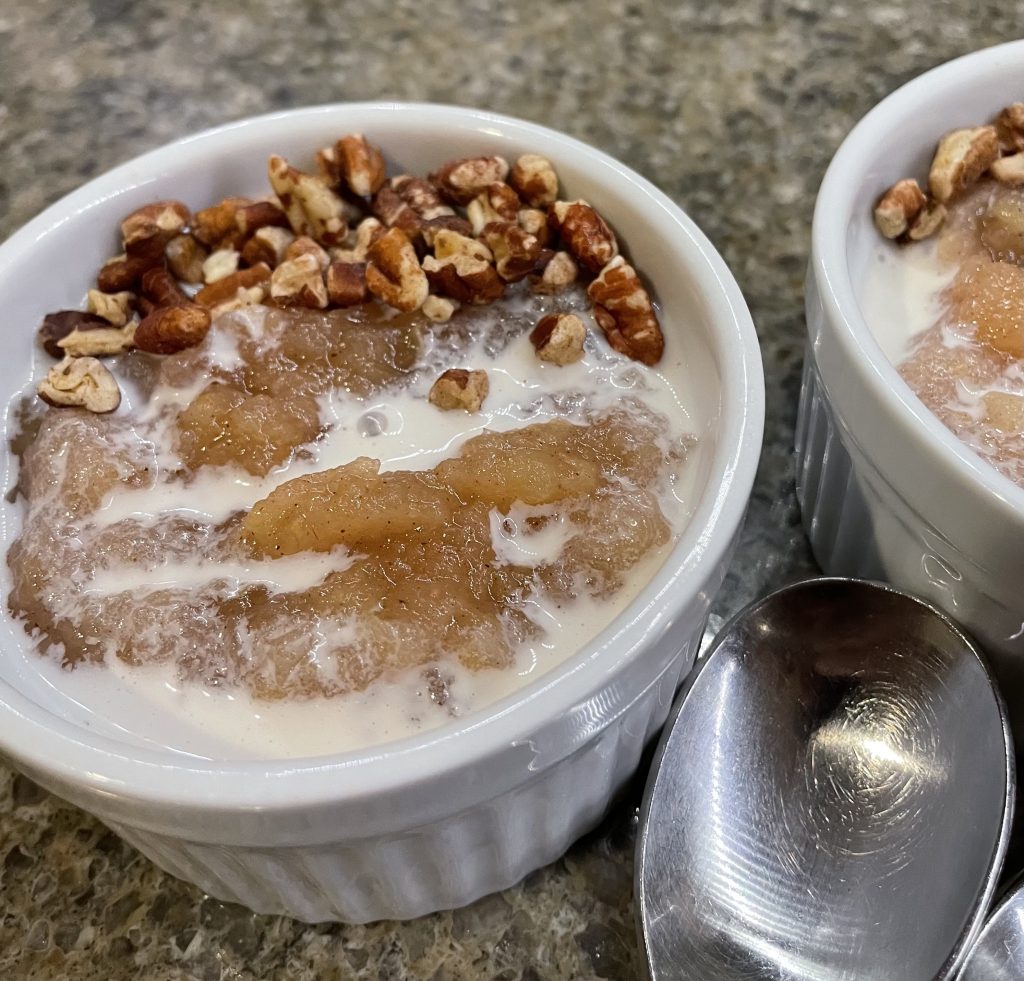
Early fall meant applesauce, an all-day epic endeavor. It was the final hot, steamy preservation project of the year, thankfully. Mom was quite particular about her applesauce, made with yellow transparent apples. Don’t bother suggesting any other variety to her, it was yellow transparent or bust. Fortunately, my Dad’s cousin Fran had a large grove of yellow transparent apple trees, or it would have been bust. Fran was delighted to see us, for those trees produced more than they could possibly use.
The transparent was the palest of green/yellow apple with a crisp white interior. High in acidity, these apples were decidedly not for eating raw, but made incredible applesauce. Mom had a vintage applesauce strainer with a long wooden pestle. The apples were washed, cut into pieces and cooked down to a creamy consistency in a bit of water. Once soft, they were reamed through the strainer, pressing all the pulp through, the peels and seeds left behind. The hot applesauce had to be sweetened just so, after which it was cooled. Packed into plastic bags and cardboard cartons, we filled the freezer, for it was one of our main sources of fruit in the winter. Mom’s favorite way of serving her applesauce was partially thawed, leaving it icy cold with frozen bits of sweetness. It was delicious.
Once off the farm, serving applesauce left me to the mercy of the grocery store…
It obviously was someone’s job to search for the worst possible apple varieties, because while the label said “applesauce,” that stuff was decidedly mediocre. That’s actually giving it more credit that it was due… Its consumption was resigned to the years in which we were starting solid foods to our babies. Poor kids!
One of our babies grew enough to attend kindergarten at the local public school. Where his inspired teacher made applesauce with the kids, after which they wrote about the experience. By popular demand she sent the recipe with the students to make at home. Her name is withheld to protect the innocent, but the recipe was titled Mrs. _______’s Lumpy-Bumpy Applesauce. This sauce was absolutely nothing like Mom’s, yet it was absolutely yummy. Chunky rather than smooth, but well balanced and full of flavor, with no transparent apples in sight.
Turns out the key is using a mix of several different varieties of apple. Since each combination is unique, it’s important to adjust the amount of sweetening to taste. I like to cook the apples with the peel, then strain it in my food mill, which keeps the lumpy bumpy consistency and provides a beautiful pink color, though if peeled the whole straining process can be skipped. Depth of flavor develops with the addition of cinnamon, citrus and a dollop of yes, brandy. Which I suppose you could omit, if you really need to. But I wouldn’t… While this applesauce is delicious on its own, drizzling with a spoonful of cream and a sprinkle of toasted nuts puts it in dessert territory. Mom wouldn’t recognize it, I suppose, but she might still like it…
Sometimes I need to remind myself. Homemade is best.
Homemade Applesauce
Ingredients
- 4 large apples I like a mix of Gala, Fuji and Pink Lady
- 3/4 tsp cinnamon
- 1 tbsp brandy
- 1 medium lemon, juice and zest
- 1/2 tsp vanilla
- 2-4 tbsp honey
- 1/4 cup cream optional
- 1/4 cup nuts, toasted and chopped optional
Instructions
- Wash, quarter and core the apples. Cut the quarters into several pieces and place into a large saucepan with ½ cup water. Bring to a boil, cover and reduce heat to simmer. Cook the apples for 15-20 minutes, until soft. Allow to cool slightly.
- Turn the apples and liquid into a reamer or food mill, turning until the pulp is strained through and peel is left behind. Return the apple puree to the saucepan and add the cinnamon, brandy, lemon juice and zest, and vanilla. Begin with 2 tablespoons of honey, stir and taste. If the sauce is too tart, continue to add honey and taste until desired level of sweetness is reached
- To serve as dessert, drizzle each serving with the optional cream. Sprinkle with chopped nuts.


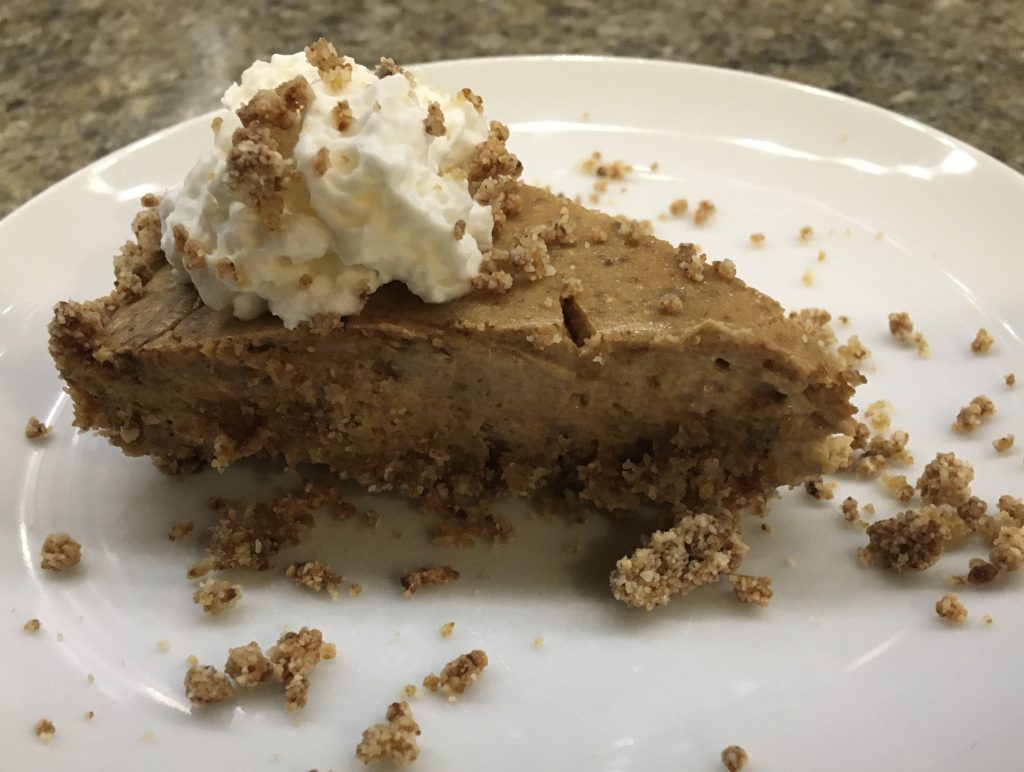
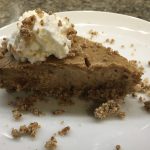
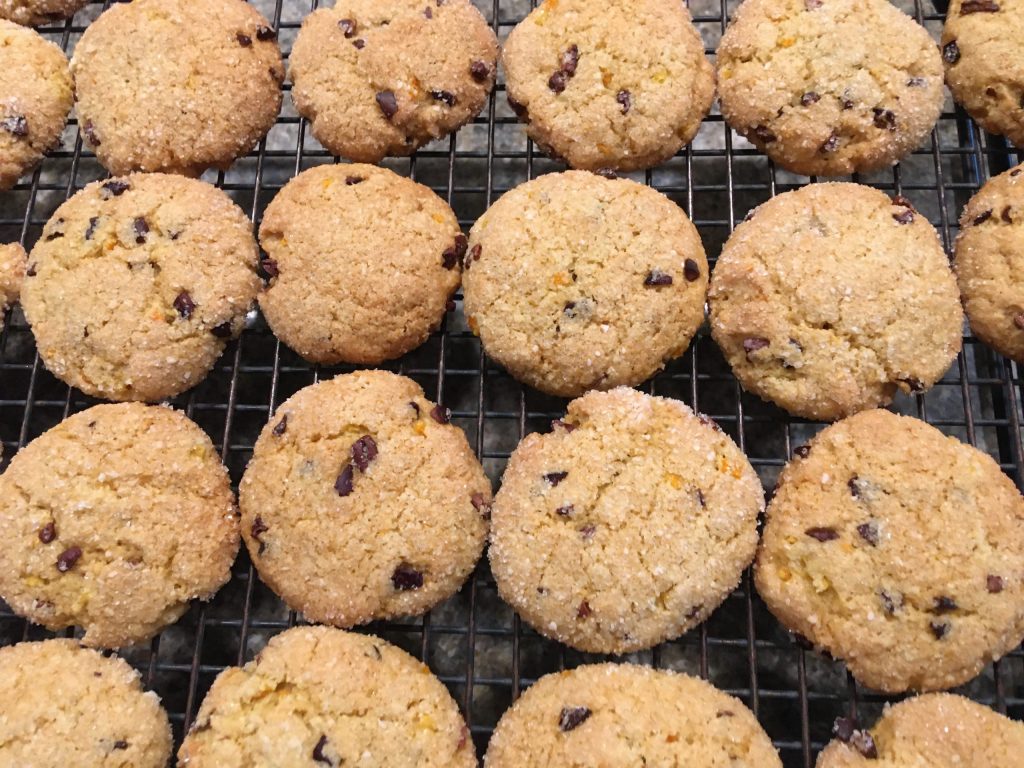

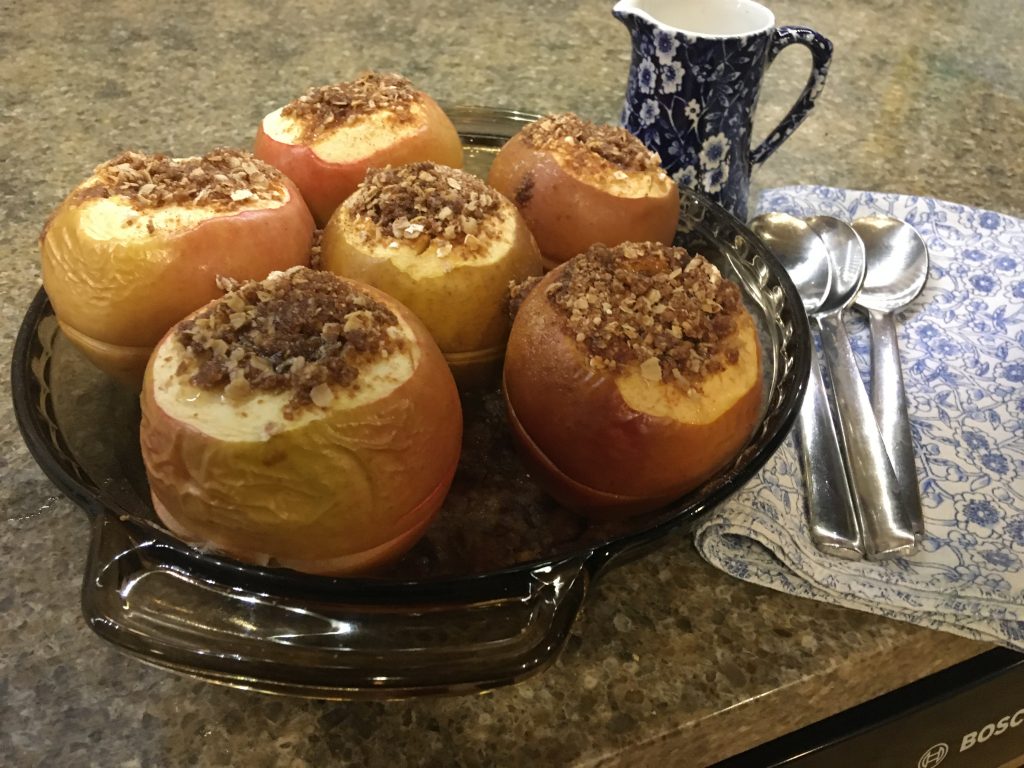

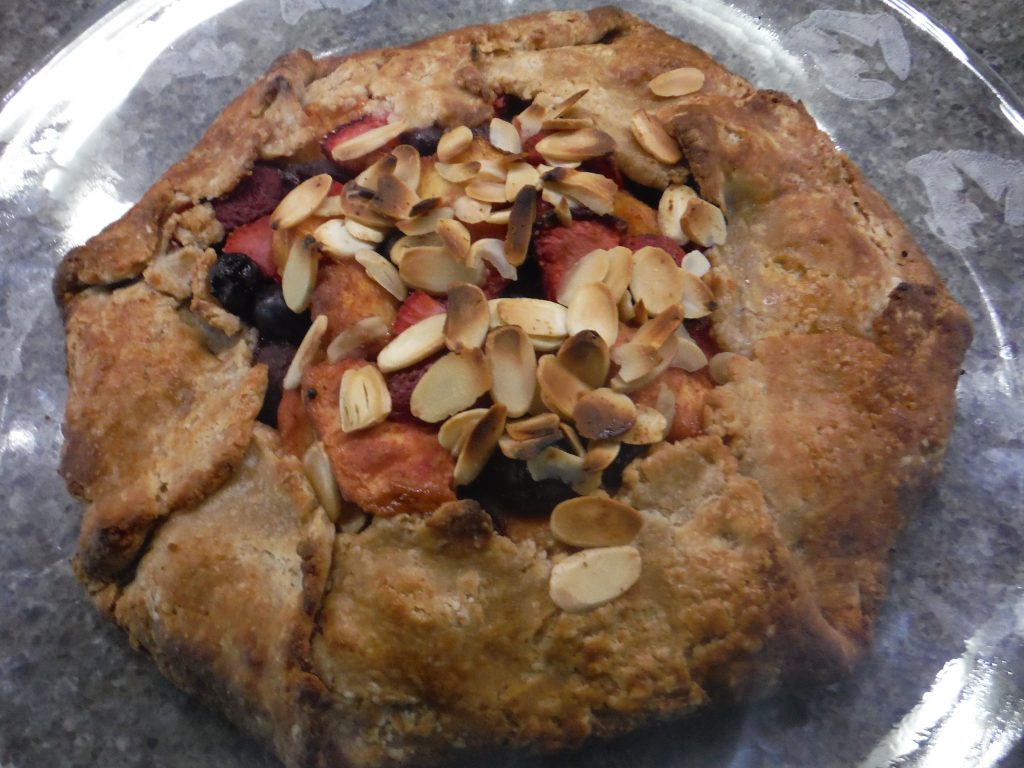

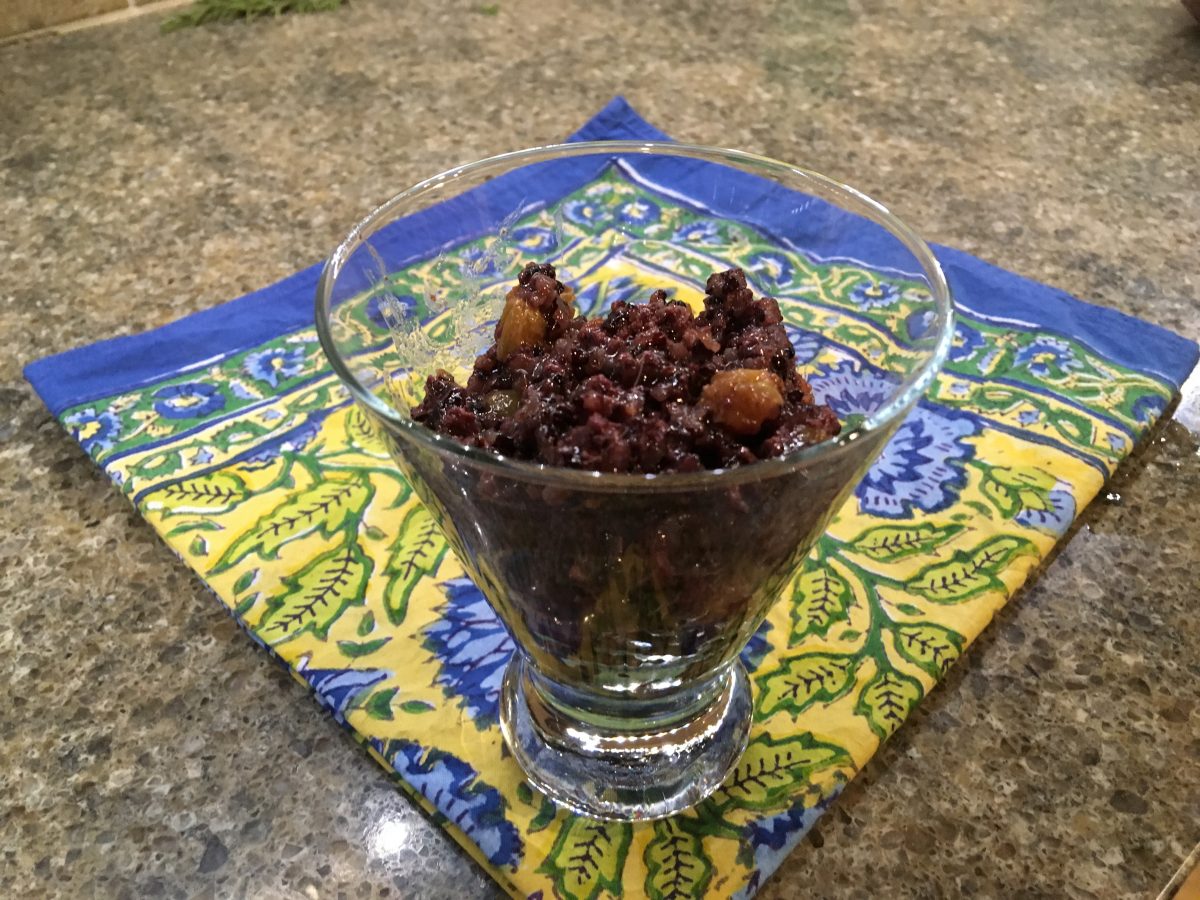
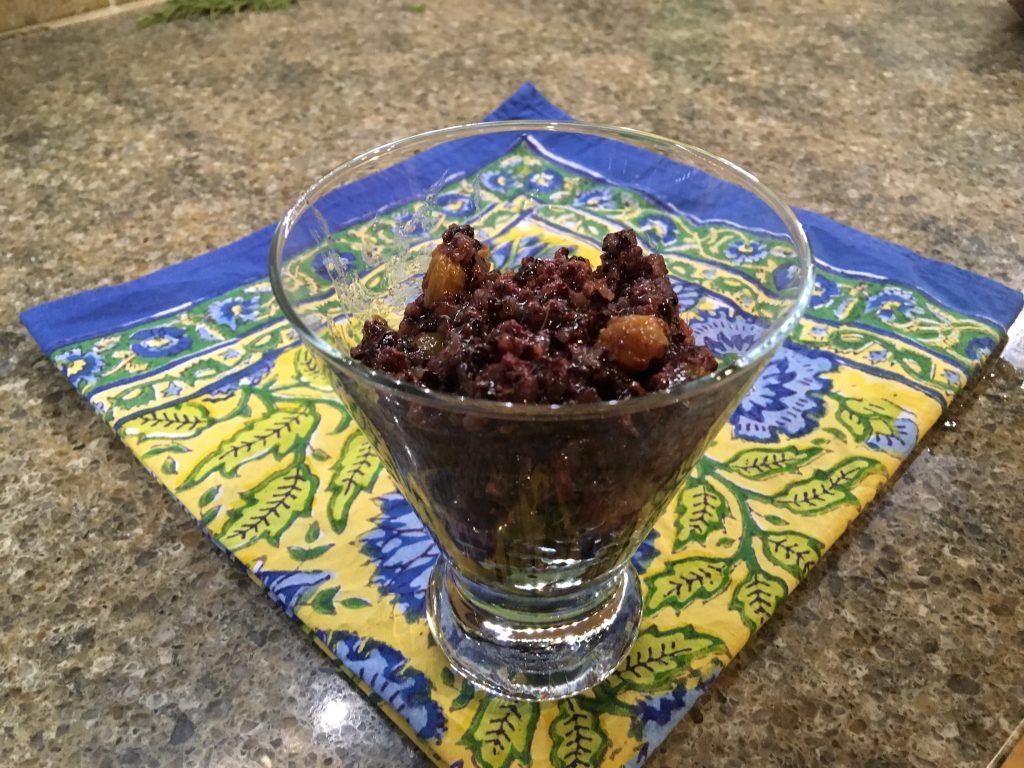
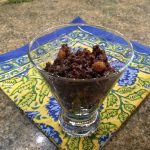
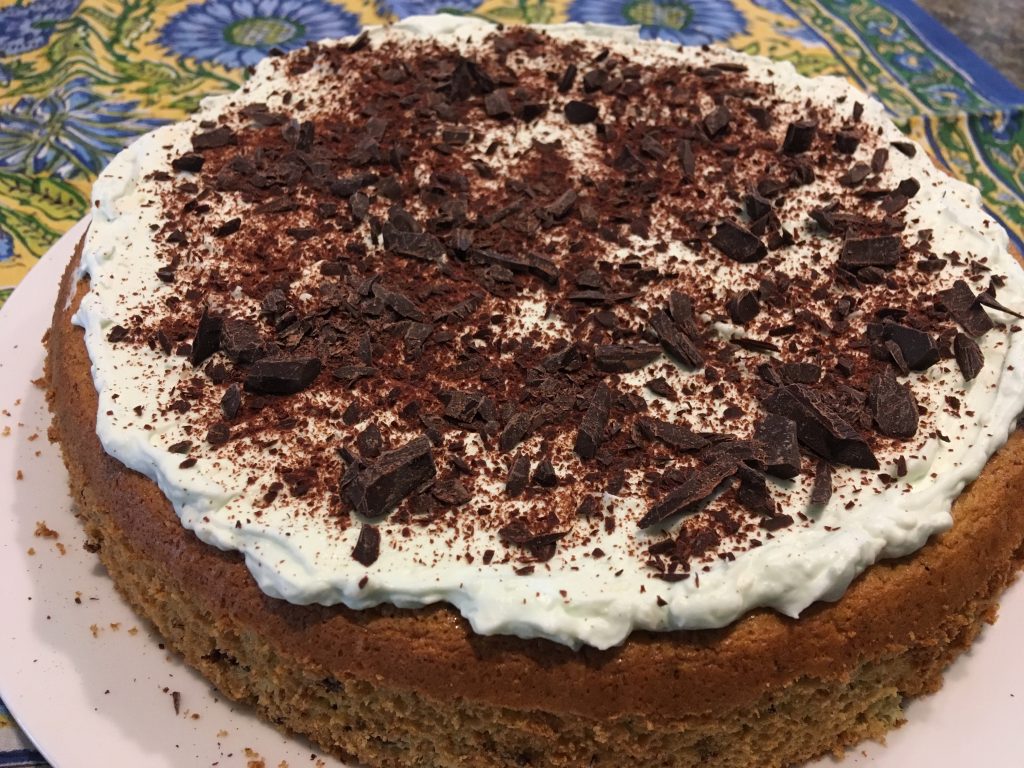
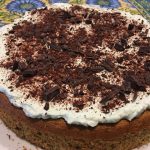
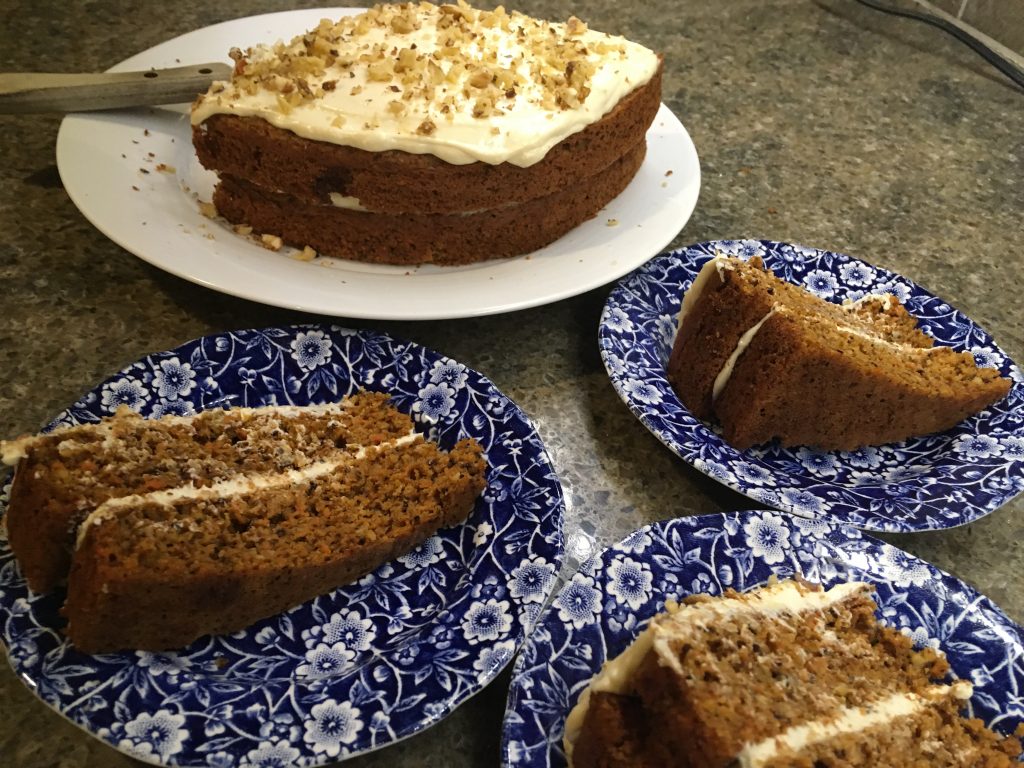

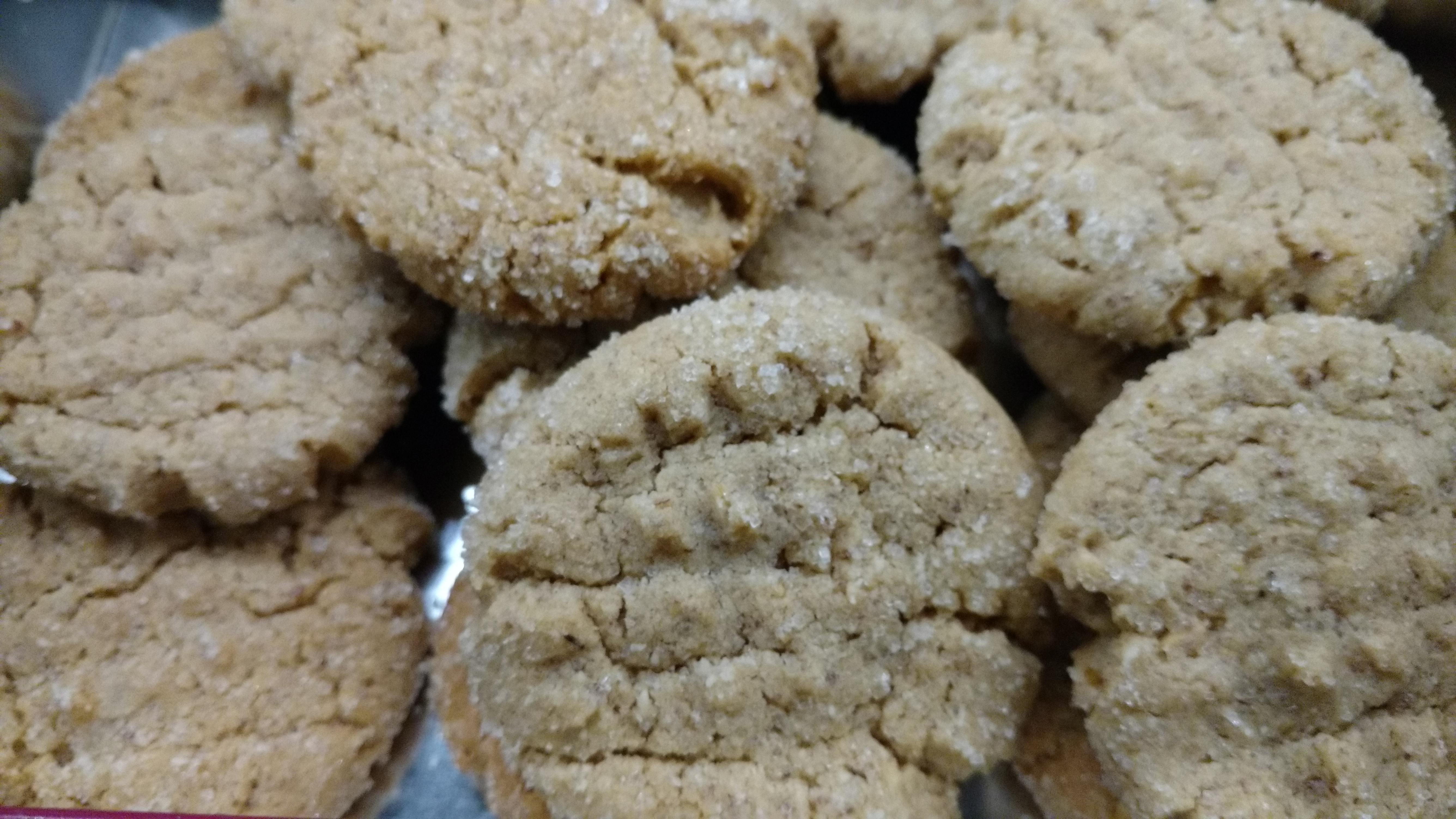 Anyone who’s anybody these days has a wheat story…
Anyone who’s anybody these days has a wheat story…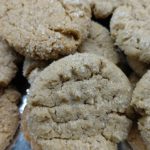
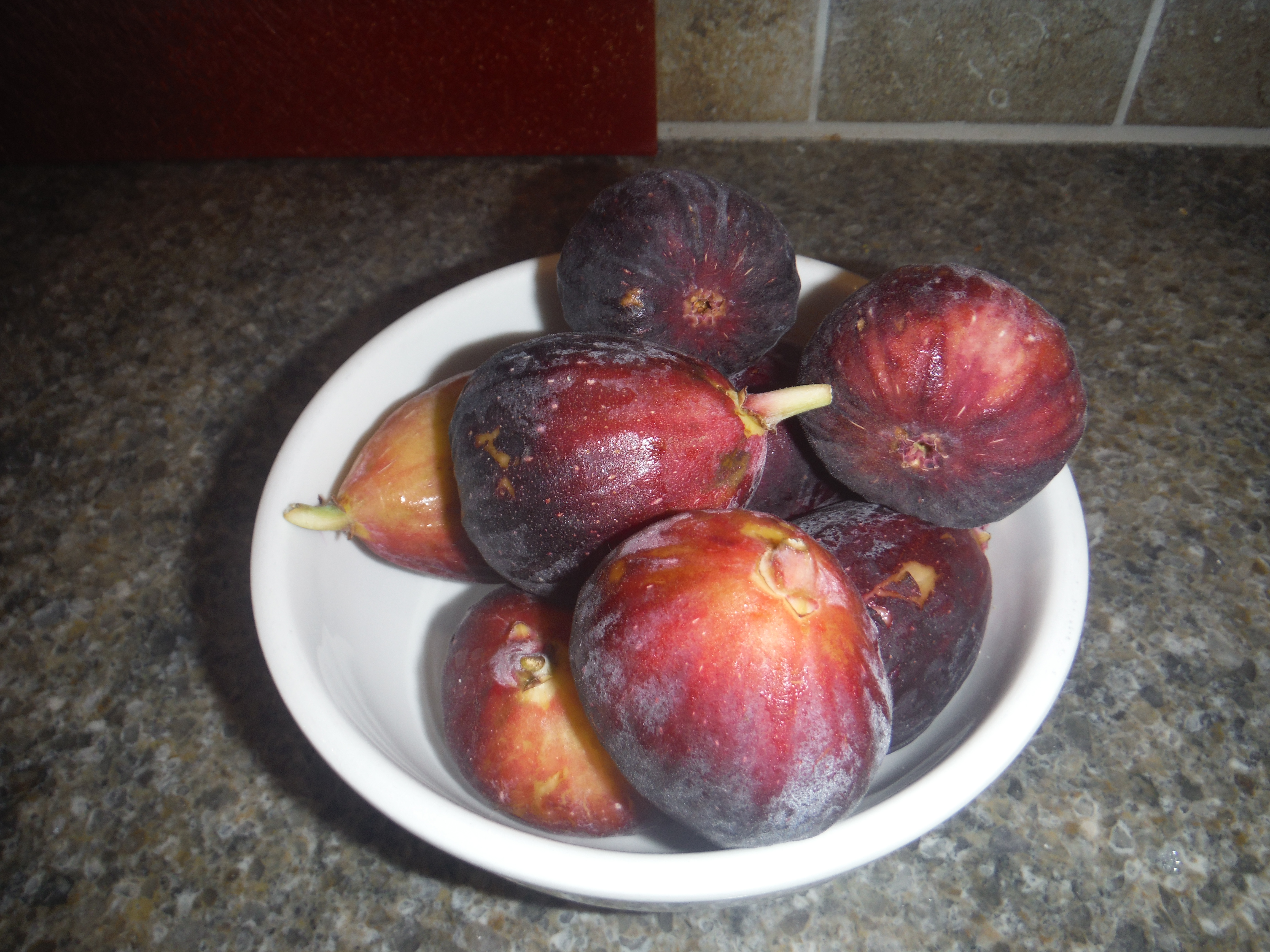 Seasonal foods were the rule on the farm; if you wanted to eat, they were what showed up on your plate. Out of season it had better be cellared, canned or frozen, because the selection at the grocery was slim by today’s standards. I have to admit that my mother, the adventurous cook, did go a bit hog wild when a selection of more international ingredients began showing up in the produce bin, but for the most part we happily ate what we produced or found locally.
Seasonal foods were the rule on the farm; if you wanted to eat, they were what showed up on your plate. Out of season it had better be cellared, canned or frozen, because the selection at the grocery was slim by today’s standards. I have to admit that my mother, the adventurous cook, did go a bit hog wild when a selection of more international ingredients began showing up in the produce bin, but for the most part we happily ate what we produced or found locally.